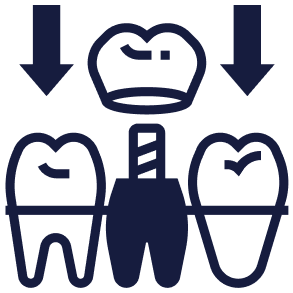Precision is the cornerstone of dentistry and the IGI 2.0 maintains impressive high levels of accuracy across the implantology using pre-operatively planned implant co-ordinates.
IGI active navigational tracking offers precise positional data, seamlessly bridging between a digital anatomy (CT), the dentist motion, and patient movement.
Autostop end-user robotic tool specifically designed for dentistry, provides safety backup.
The company’s proprietary MiniLOCK patient-to-tracker connection maintains a consistently accurate patient-to-plan relationship throughout the procedure, even under patient motion
SIMPLE
SAFE
Precise
Prioritizing safety, we have implemented a robotic autostop allowing dentists to receive robotics only where they really need it – at the end-user tool.
Proprietary patient-to-tracker connector
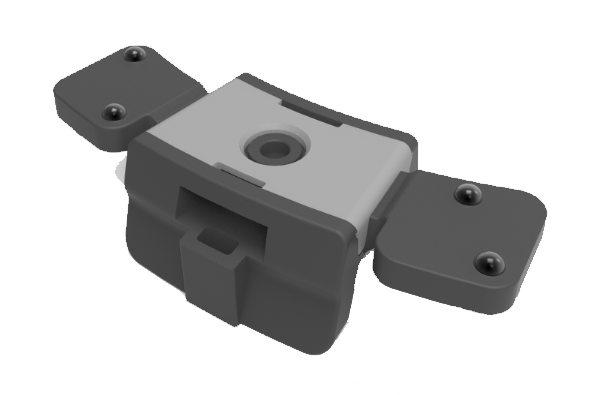
The IGI-2.0’s TRAX real-time tracking system offers best-in-class, high-accuracy tracking with no observable onscreen lag (20 millisecond refresh rate). yields zero onscreen lag.
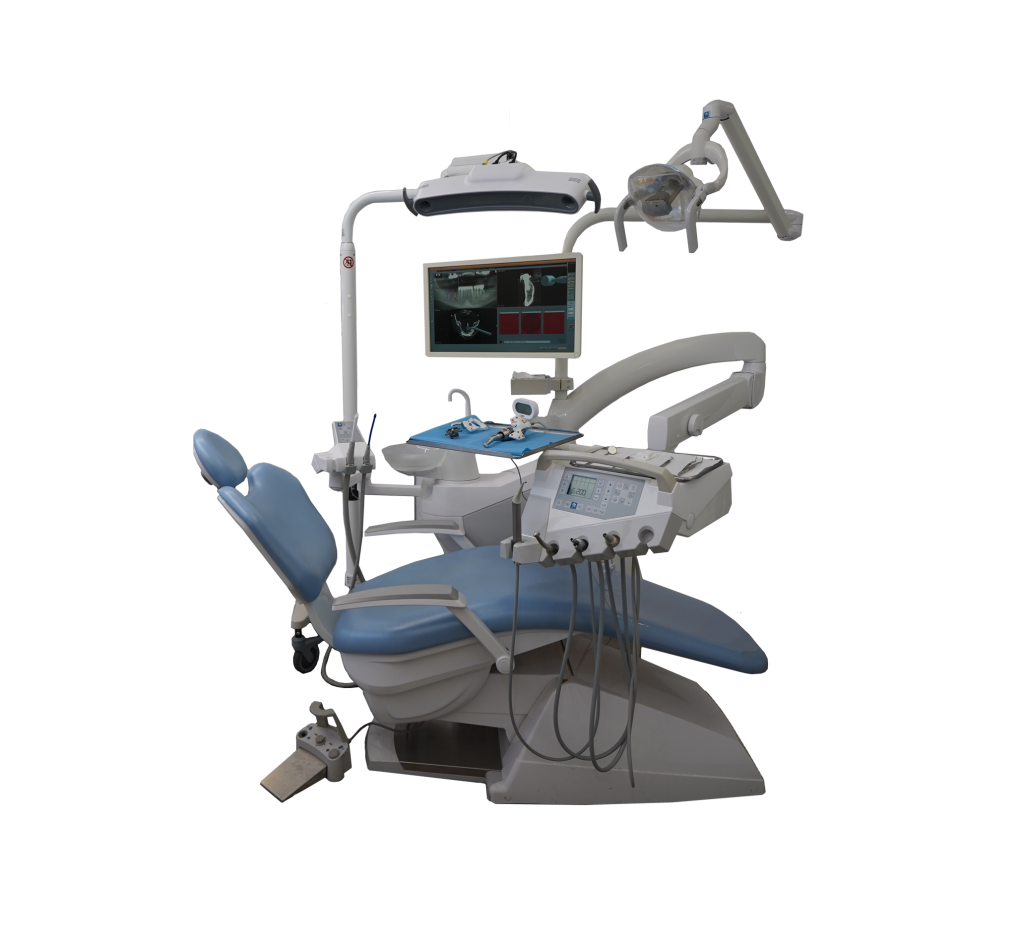

“MiniLOCK” is a proprietary consumable that is:
MiniLOCK BENEFITS include:

IGI 2.0’s unique TRAX Tracking technology is specifically designed for high accuracy in small spaces amid complex geometry, and also provides the ability to seamlessly track the rotational motion that is characteristic of dentistry. The tracking system incorporates real-time signal-based devices allowing lag-free, precise positioning compared to techniques that use multi-frame image processing to deduce position.
Benefits of TRAX Active Tracking Real-time tracking:
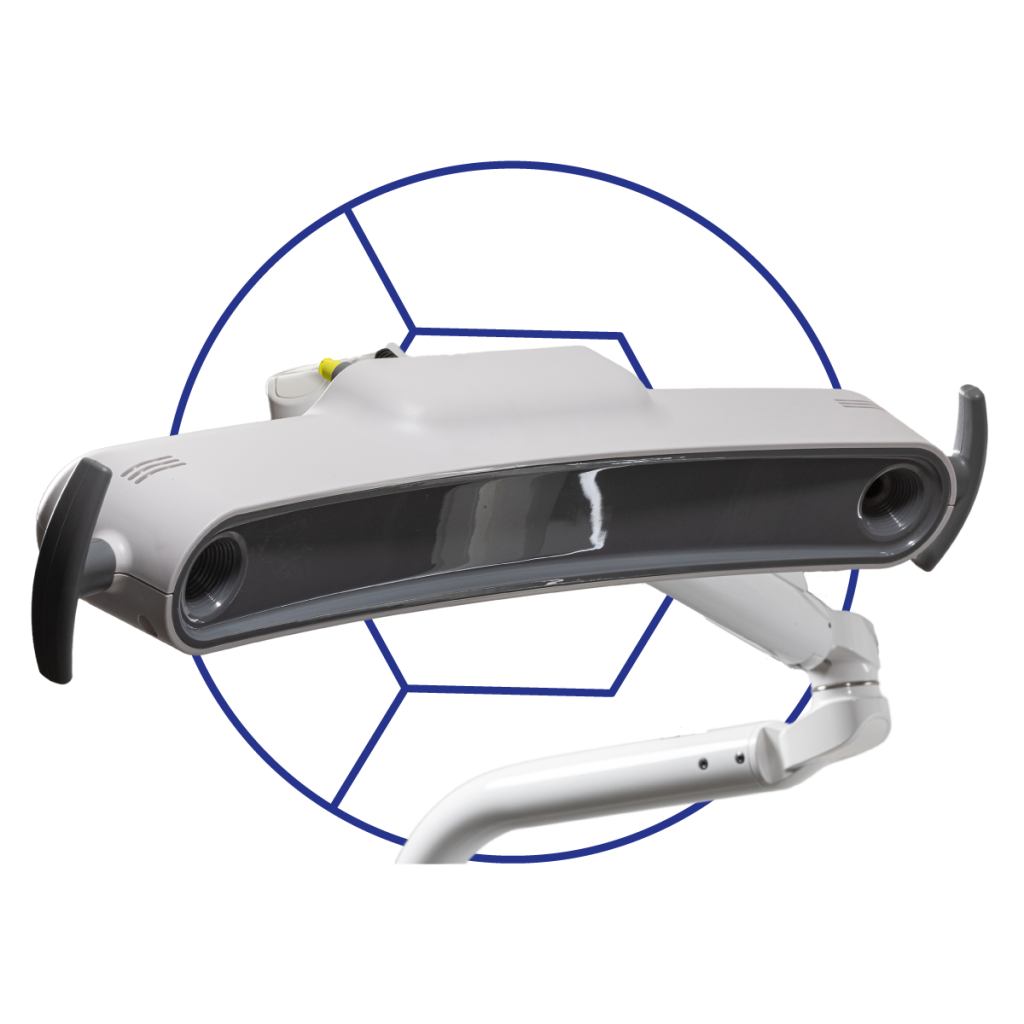
Image Navigation believes that, in terms of accuracy, safety benefits, production (throughput of patients), practicality and dentist experience, adding visualization and robotic safety features that augment dentists’ handskills is the optimal approach for implant dentistry.
Navigation addresses the dentists’ blind spot, allowing them to visualize the correct location and drill trajectory.
Robotic safety provides a safety net in the performance envelope.
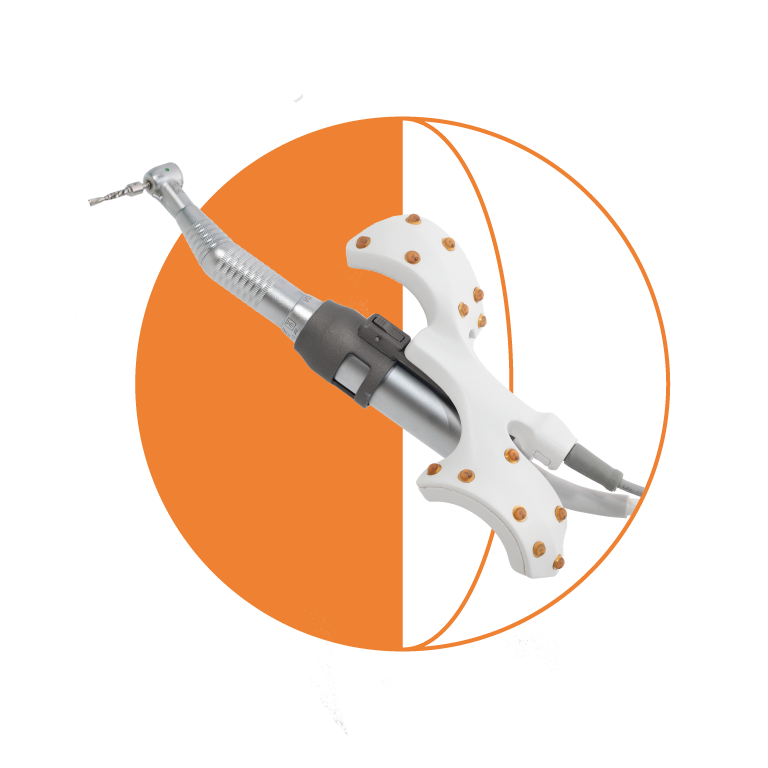
The dentist easily navigates accurate placement of the implant, noninvasively.
Chairside, the MiniLOCK is affixed to the patient’s teeth to ensure that accuracy is maintained throughout the streamlined workflow.
Using a patient CT as a roadmap, the system helps determine optimal implant location, depth and trajectory.
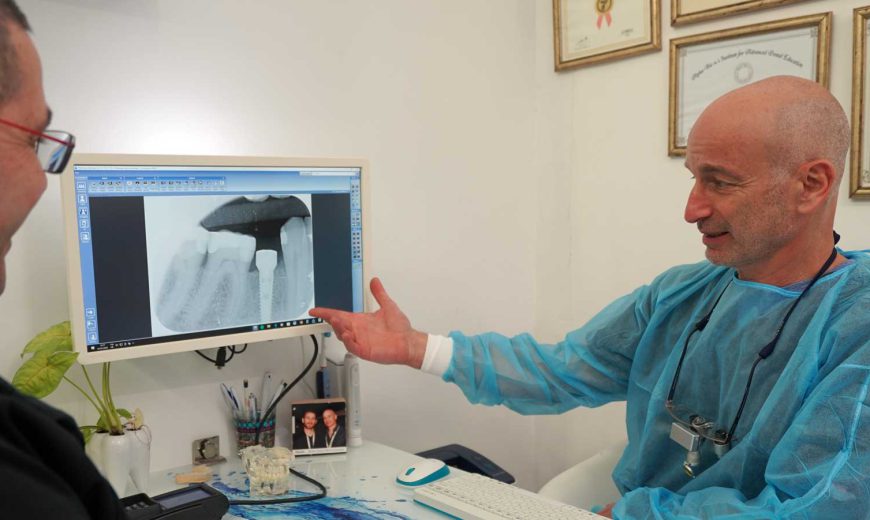
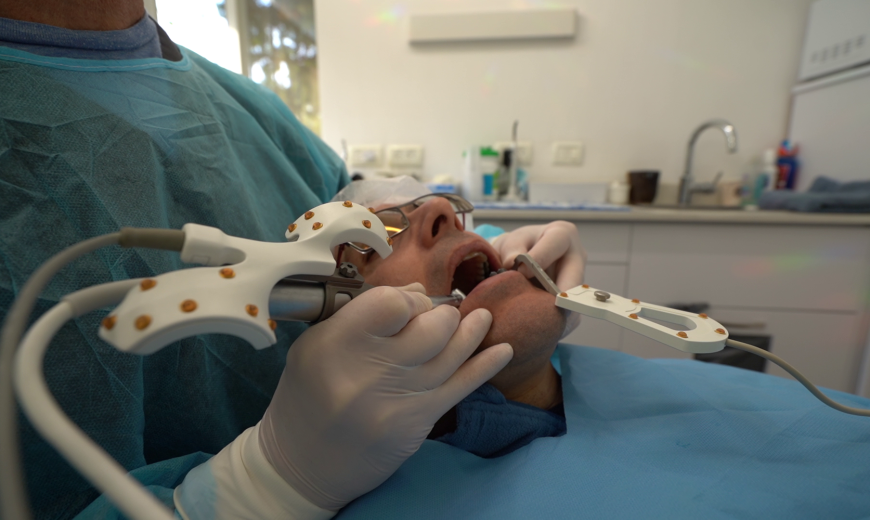

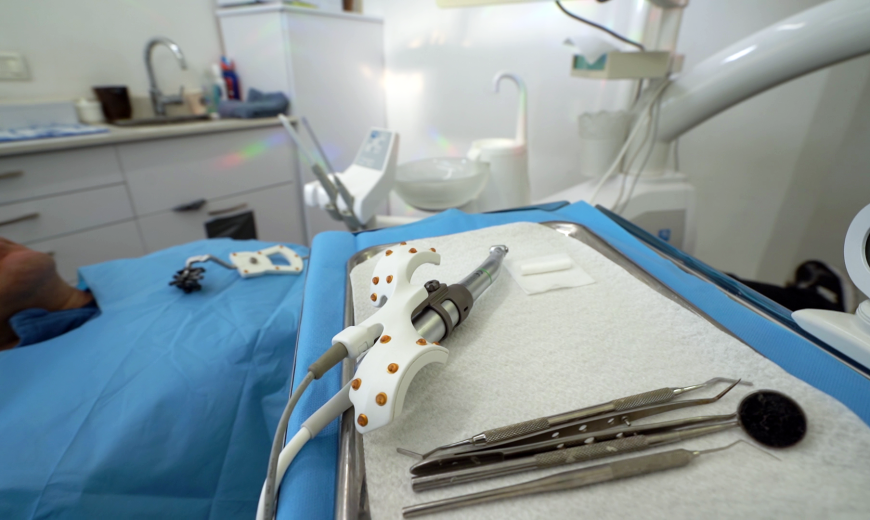

The IGI system introduces navigational precision and a robotic autostop designed to eliminate off-target drilling during osteotomies, without resorting to rigid robotic arm movements.
This system combines the essential tactile sensations and feedback associated with freehand drilling with visualization.
Consequently, a procedure is expertly carried out by the dentist, backed by an automatic safety stop feature.
freehand | drill guides (static) | IGI navigated (dynamic) | |
|---|---|---|---|
minimally invasive | |||
same day workflow Flexibility | |||
preplan and
accurate execution | |||
Easier posterior access | |||
Visualize drill tip |
IGI 2.0 transforms a pre-op CT scan into a 3D map of the anatomy for real-time navigation. During dental implant surgery, an avatar of the drill is superimposed onto the pre-op CT scan. This enables the dentist to “see” the intrabony orientation and position of the drill during surgery, with no added radiation, in real-time.
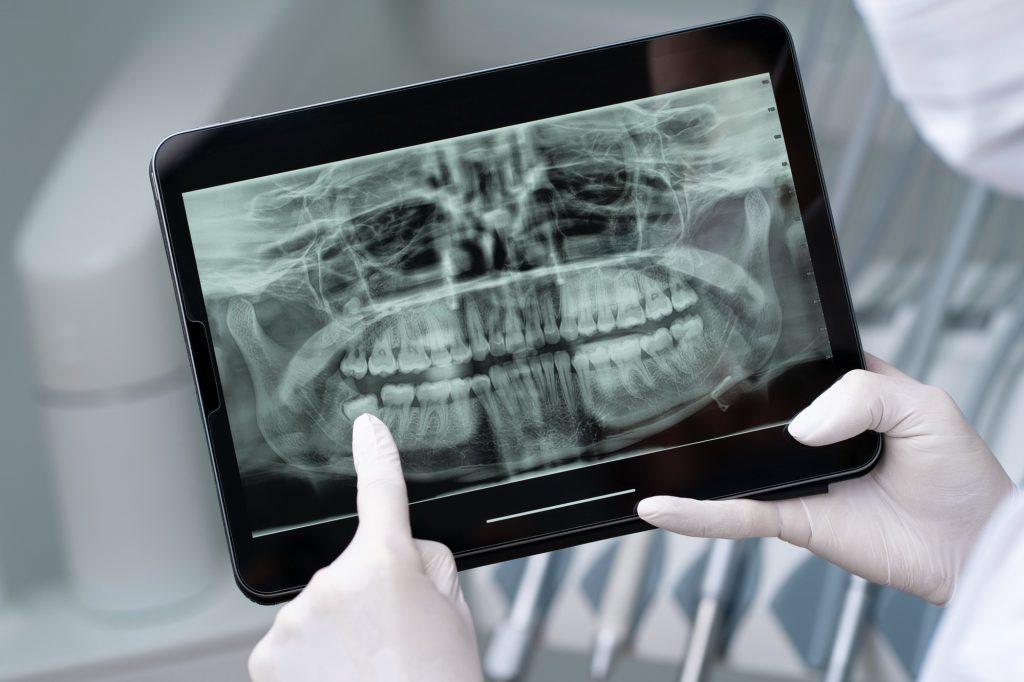
Clinical Benefits and Economic Value for Dentists, Improved Patient Experience



